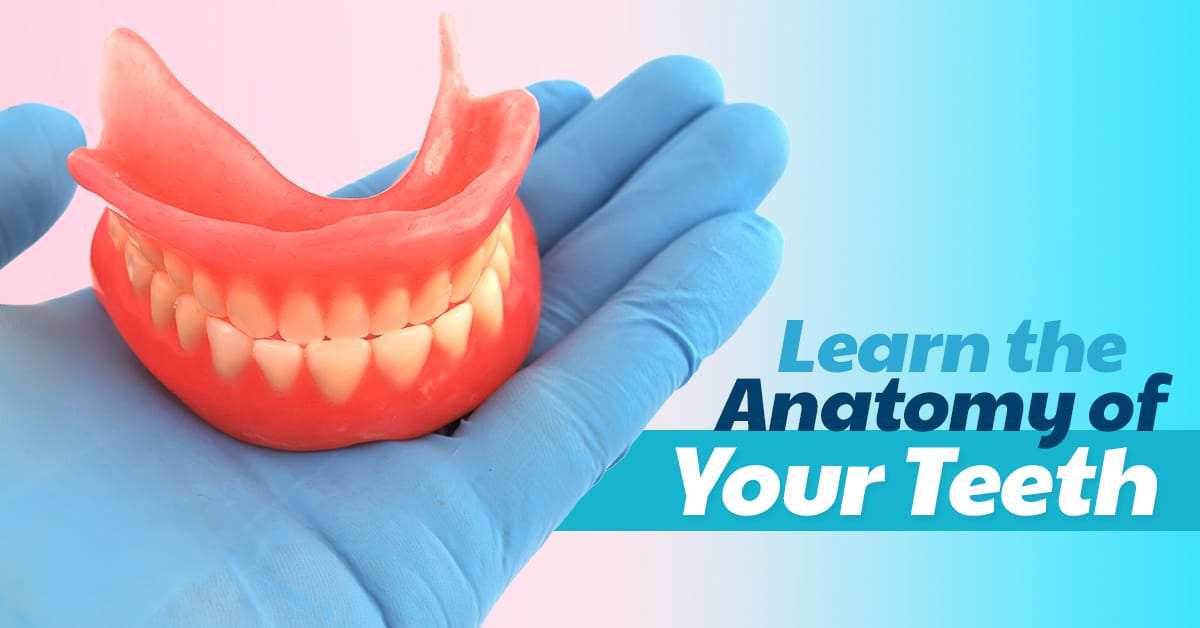You. Your Health. Your Confidence

Learn the Anatomy of Your Teeth
April 16, 2017
One of the first things you do each morning is brush your teeth, you eat with them every single day, you need them to talk, and you take care of them every single day. But have you ever wondered what your teeth are made of? Many of us have heard the word enamel, and if you have been to the dentist you certainly know about gum tissue, and you may have heard the word crown and molars too. Let’s take a closer look at your teeth, at each part of the tooth, what conditions are common, and what treatments are available. If you’re looking for a local Dentist in Seattle, contact First Hill Dental Center for a trustworthy dental experience.
Parts of the Tooth
- The crown is the top part of your tooth and is the visible white of the tooth. The function of each tooth depends on the shape of the crown. The front, incisors are sharp, allowing them to cut food. The canines are pointed teeth also allowing to cut into food. There are two types of molars, premolars are just behind the canines and molars are in the back. Molars are flat meant to grind up the food.
- Enamel is the hardest part of the tooth and is the white outer layer. This layer is made of calcium phosphate, which is a rock-hard mineral. Enamel is harder than any other substance in the body, even stronger that bones. However, enamel is also susceptible to decay and build up of bacteria.
- Dentin is the layer beneath the enamel and makes up most of the tooth. The substance is similar to bone but has many canals for nerve fibers, blood capillaries, and dentine-forming cells called odontoblasts.
- The gum line is where the tooth the pink flesh of the mouth meet. This part of your mouth is highly susceptible to disease and plaque and tartar buildup.
- Pulp is the softer, inner structure of your teeth. This part of your tooth is where nerve tissue and blood vessels are found. When you are feeling pain in your teeth, it could be a sign that tooth decay has reached the pulp.
- The root is what holds your teeth in place, like a tree’s roots hold the tree in the ground. Periodontal disease can be caused by bacteria in the plaque that invades the gum tissue and supporting bone.
- Cementum is a layer of connective tissue that holds the roots of the teeth to the gums and jawbone. This layer is located below the gumline and it covers the roots. There are two types of cementum, acellular and afibrillar.
 Common Conditions
Common Conditions
- Cavities occur when bacteria damage the enamel and other deeper structures of your teeth.
- Tooth decay is a term that describes what happens when bacteria causes damage to your teeth.
- Periodontitis is an inflammation of the inner tissue of the tooth, jawbone, and/or cementum.
- Gingivitis is an inflammation of the gums and can occur between the crowns of the teeth. This can be caused by plaque and tartar buildups.
- Plaque is a film on your teeth made of bacteria and substances that the plaque creates. This develops on your teeth when you eat sugary foods, but can easily be brushed off.
- Tartar develops when plaque isn’t brushed off. Plaque mixes with minerals and creates a harder substance that requires a dentist to remove.
Treatments
A regular visit to your dentist is an extremely effective treatment in both preventing problems with your teeth and also treating plaque and tartar buildups. You may not think of brushing and flossing as a treatment because you do it every day, but these habits can help prevent and treat daily buildups from the foods that you eat. More serious treatments include a root canal, which is when the pulp of the tooth is drilled out, cleaned and filled. A tooth extraction is needed when a tooth has been damaged beyond what can be repaired with a filling or root canal. This is done when you need your wisdom teeth removed.
Now that you know more about what your teeth are made of, you can better protect your teeth from harmful bacteria, plaque, and tartar. If you are experiencing pain, contact our emergency dentist office, or call to schedule an appointment for a routine cleaning. Taking care of your teeth is a daily habit, but go a step further in preventing problems with a visit to our dentist office in Seattle.

 Common Conditions
Common Conditions